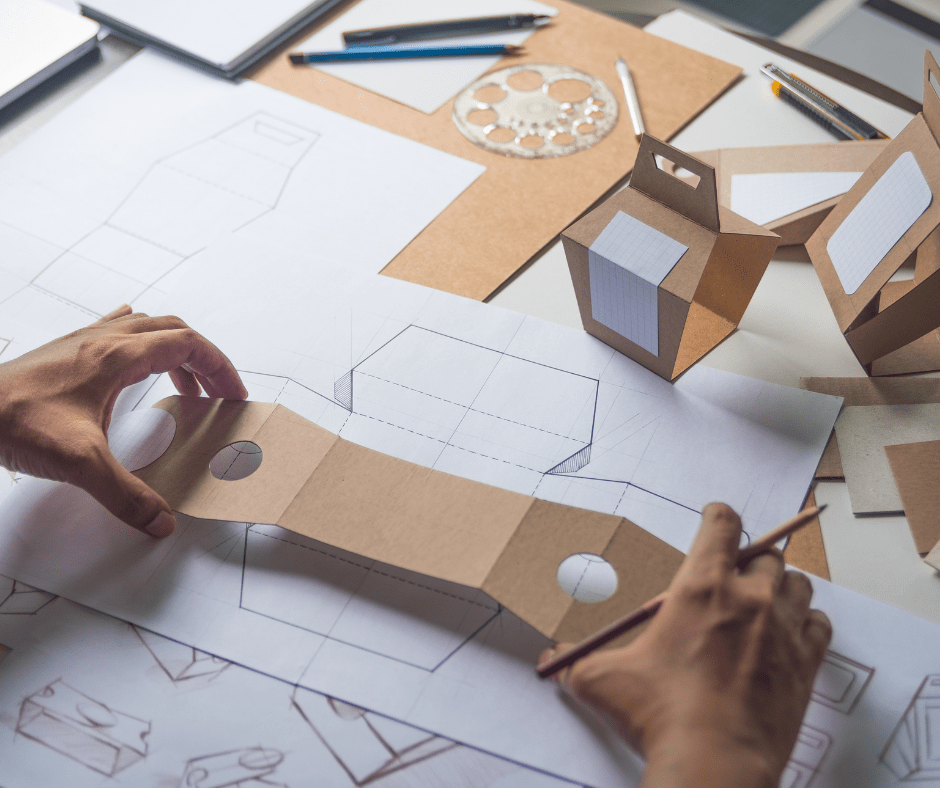Innovation is the lifeblood of progress. From the next big app to life-changing medical devices, creating something new has the potential to transform industries and lives. But the path from a brilliant idea to a market-ready product isn’t a straight line - it’s a carefully crafted journey that requires creativity, diligence, and strategic thinking.
Let’s break down the key steps to innovative product creation, testing, and finalization to help you turn your big idea into a tangible success story.
1. Ideation: The Spark of Innovation
Every innovative product starts with an idea. Maybe you’ve identified a gap in the market, stumbled upon a problem that needs solving, or dreamt up a way to make life easier. Whatever your inspiration, ideation is where it all begins.
How to Get Started:
- Research the Market: Who are your competitors? What are customers saying about existing solutions? Identify opportunities to stand out.
- Empathize with Your Audience: What pain points are they facing? Put yourself in their shoes to design a product that meets their needs.
- Brainstorm Creatively: Encourage blue-sky thinking within your team. No idea is too wild during this stage—it might lead to something groundbreaking.
Pro Tip: Become an Innovate Niagara client (for free) and get $100,000 worth of market intelligence at no cost to you!
2. Prototyping: Bringing Ideas to Life
Once your idea is solidified, it’s time to create a prototype. Think of this as your product’s first draft - a tangible version of your vision that helps you explore design, functionality, and usability.
How to Build a Prototype:
- Start Simple: Begin with a minimum viable product (MVP) to focus on the core functionality of your idea.
- Use the Right Tools: Depending on your product, this could be 3D modeling software, no-code platforms, or even physical mockups.
- Iterate Quickly: Prototyping is all about learning. Expect to go through multiple versions as you refine your design.
Pro Tip: Share your prototype with trusted users or colleagues for initial feedback. You might uncover insights you hadn’t considered.
3. Testing: Put Your Product to the Test
Testing is where the magic happens. This is your chance to evaluate your product’s performance, gather feedback, and fine-tune every detail.
Types of Testing to Consider:
- User Testing: Hand your product to real users and observe how they interact with it. Their feedback will be invaluable.
- Stress Testing: Push your product to its limits to ensure it performs reliably under different conditions.
- Market Testing: Introduce your product to a small segment of your target audience to gauge interest and collect data.
Pro Tip: Create clear testing goals and metrics to measure success. This will help you focus on what needs improvement.

4. Refinement: Turning Feedback into Gold
Once you’ve gathered data from testing, it’s time to refine your product. This stage often involves revisiting your design, functionality, or even your initial assumptions.
Steps for Effective Refinement:
- Prioritize Changes: Focus on the updates that will have the biggest impact on user experience or performance.
- Collaborate with Experts: Engineers, designers, and industry specialists can help you solve complex challenges.
- Test Again: After making adjustments, test your product again to ensure the changes are effective.
Pro Tip: Stay flexible. Refinement may take longer than expected, but it’s worth it to get your product right.
5. Finalization: Preparing for Launch
Your product is polished and ready for the world—or is it? Finalization is about tying up loose ends, ensuring quality, and developing a launch strategy.
Key Finalization Steps:
- Quality Assurance: Conduct a final round of testing to ensure your product is reliable, safe, and ready for market.
- Branding and Packaging: Create a strong brand identity and packaging that reflects your product’s value and appeals to your target audience.
- Launch Plan: Develop a go-to-market strategy, including marketing, distribution, and pricing.
Pro Tip: Leverage pre-launch campaigns to generate buzz and build excitement among potential customers..
6. The Launch and Beyond: Never Stop Innovating
Congratulations! Your product has made it to market. But innovation doesn’t stop at launch. Gather post-launch feedback, monitor your product’s performance, and continue refining to meet evolving customer needs.
Ongoing Considerations:
- Customer Support: Ensure your team is equipped to handle questions, issues, and feedback.
- Product Updates: Stay ahead of the curve by incorporating new technologies and features.
- Scaling Up: If your product is a hit, think about how to expand its reach or develop complementary offerings.

Final Thoughts: Embrace the Journey
Innovative product creation is as much about the process as it is about the end result. From ideation to testing to finalization, every step is an opportunity to learn, grow, and bring your vision to life.
At the heart of it all is a commitment to your customers: solving their problems, exceeding their expectations, and creating something truly remarkable.
So, whether you’re building the next big thing in tech, fashion, or beyond, remember: innovation isn’t just about the product—it’s about the impact you create. And that starts with the basics.
You’ve got this, innovator.

